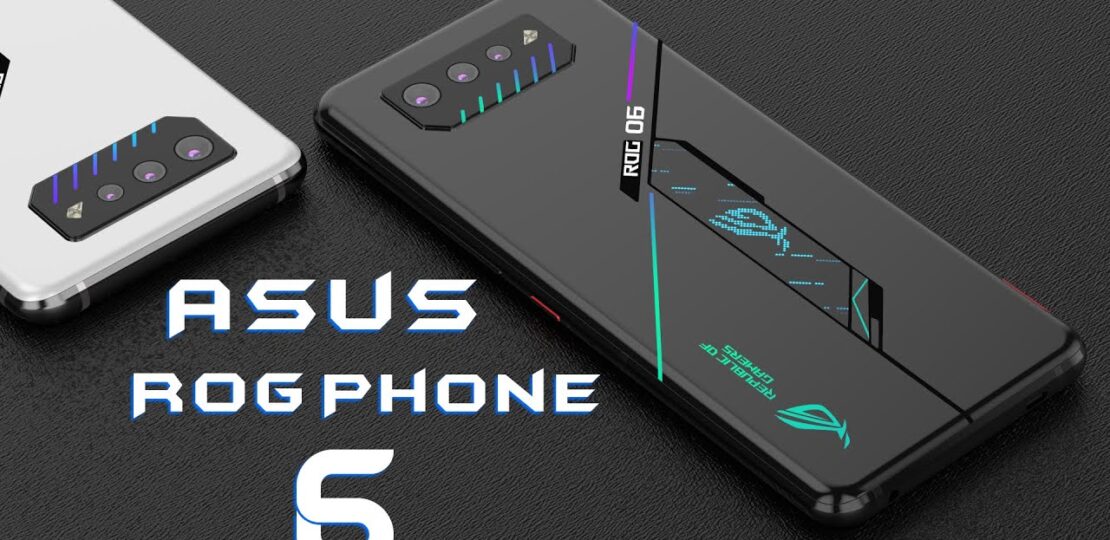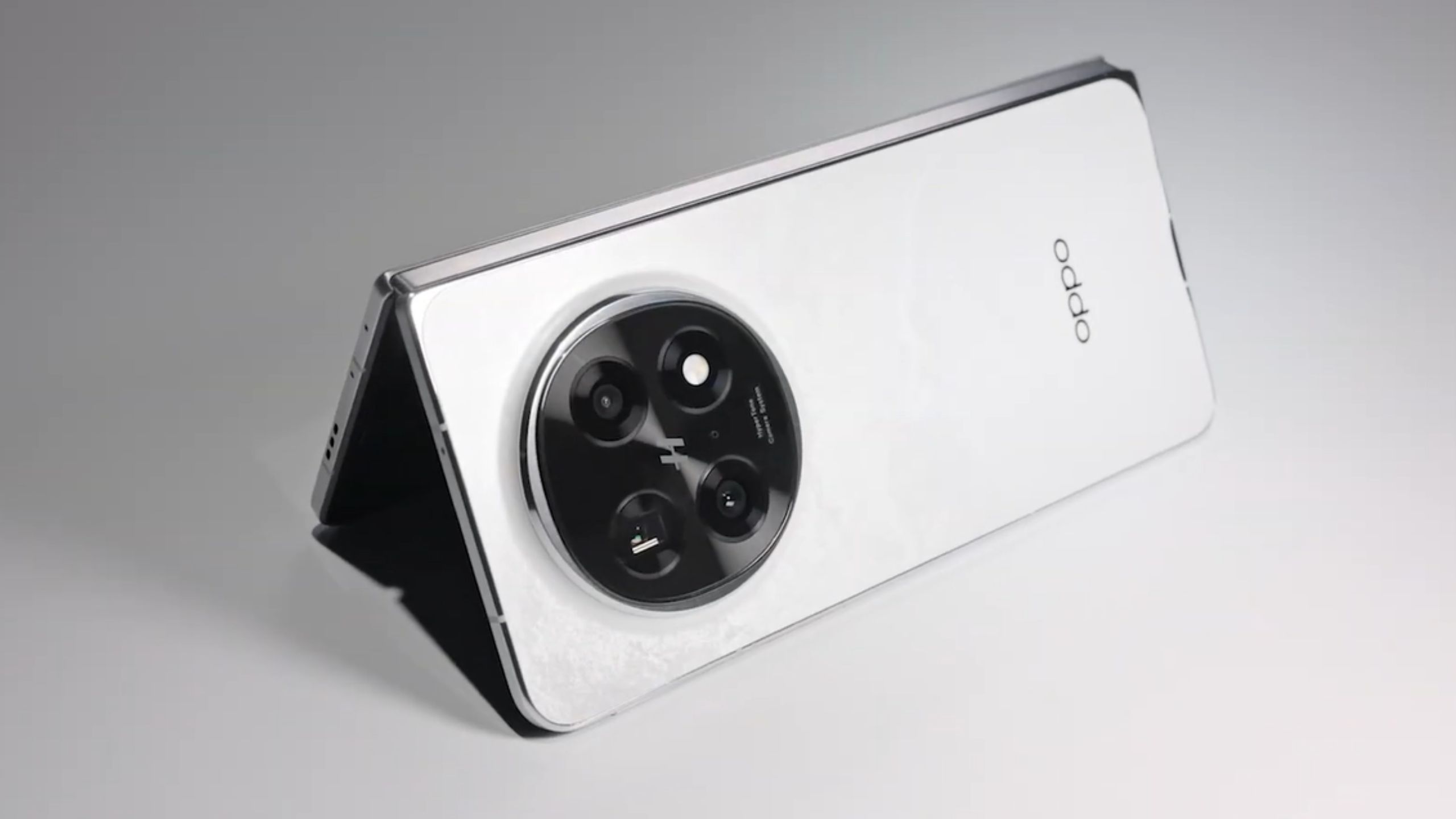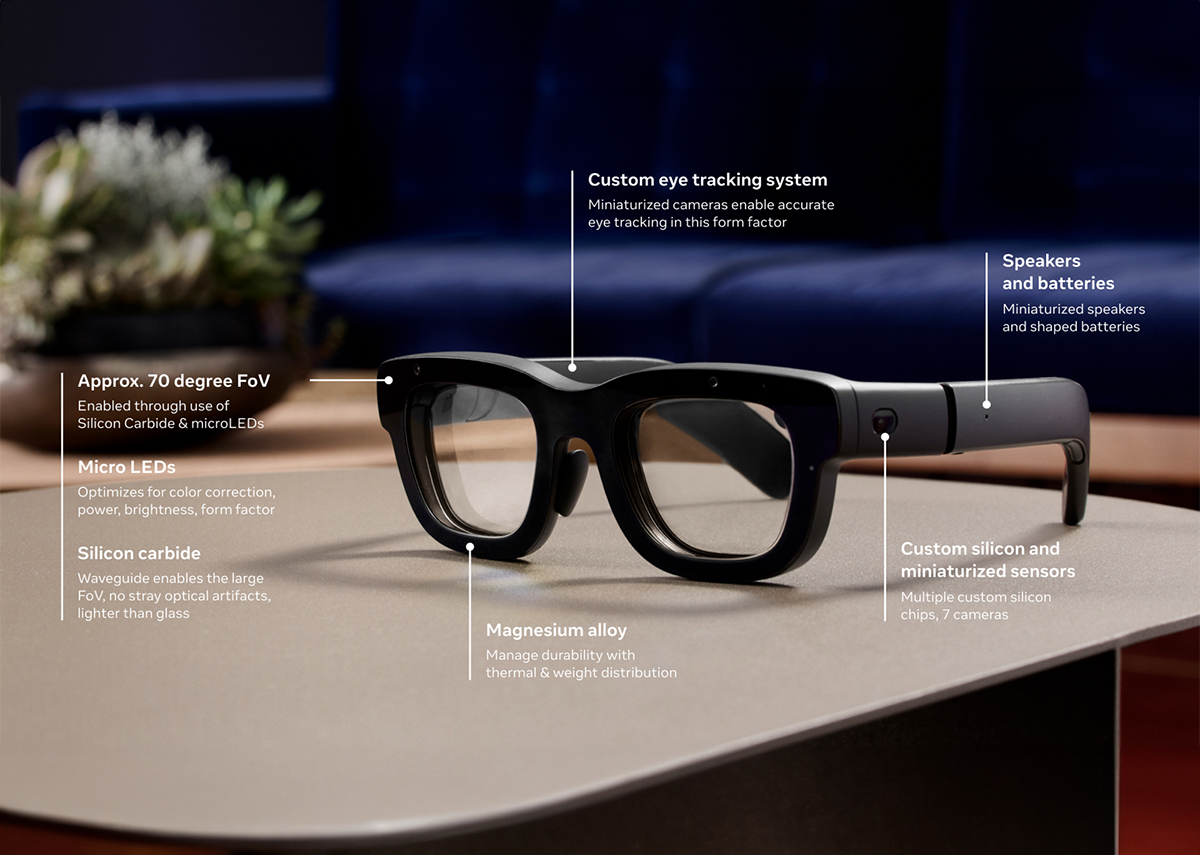“ROG Phone 6 Review: Power and Performance Like Never Before
January 12, 2025 | by ranazsohail@gmail.com

Here’s the ROG Phone 6 Pro, and before I dive into anything else, let me quickly go over the specs of this phone.
It has a 6.8-inch AMOLED display with a 165 Hz refresh rate. Plus, there’s a secondary OLED screen on the back. The phone is powered by the Snapdragon 8+ Gen 1 chip with cores running at 3.2 GHz, and it’s got 18 GB of RAM. You’ve got a 6,000 mAh battery that supports 65-watt fast charging, dual front-facing stereo speakers, and a triple-camera setup with a 50 MP main camera. Oh, and there are two USB-C ports and a headphone jack, which is always nice to see.
So, why does all this matter? Well, this phone is packed with specs that are designed to make it a beast for gaming. But the difference with newer gaming phones, like this one, is that they’re now trying to be just as good as an everyday phone too. In the past, gaming phones were all about performance—pure and simple—but now they aim to balance that with usability for daily life.
And here’s the thing: a lot of what makes this phone so great for gaming also makes it amazing for regular use. But of course, there are still some challenges, as we’ll get into in a bit. Think of it like sports cars from the past. They were fantastic to drive for a thrill but not so comfortable or practical for everyday use. You wouldn’t want to deal with that stiff suspension or a tricky gearbox every day.
With the ROG Phone 6 Pro, it’s like a Porsche 911. It’s got that high-performance punch, but it’s designed to be a lot more comfortable to live with day in and day out. Or at least, that’s what they’re going for.

As for performance, there’s not much to say except that it’s insanely fast. I’ve used a lot of phones, but this one is by far the quickest. And it’s not just on paper—it’s in the actual experience. Every swipe, every tap, every interaction is so instant, it feels like the phone is responding before I even finish my action. It’s smooth, quick, and incredibly responsive. This is the new benchmark for me. From scrolling to app launches, to multitasking, everything feels like it’s moving exactly the way it should—crazy fast.
This phone is powered by the new Snapdragon 8+ Gen 1 chip, but it’s not just about the processor. The standout feature here is the screen—this is the fastest one I’ve ever used. It boasts a 165 Hz refresh rate and a 720 Hz touch sampling rate, which is double what we saw last year. This brings the touch latency down to just 23 milliseconds, so everything feels incredibly smooth. You can really feel how responsive it is, with apps and gestures following your finger seamlessly.
If you care about benchmarks, they show that this chip is a bit more powerful and more efficient than the Snapdragon 8 Gen 1, though it’s still not quite at iPhone 13 levels. But in everyday use, I can confidently say that 9 times out of 10, the ROG phone feels faster than almost anything else out there.
Even the little things are on point. This phone has UFS 3.1 storage, LPDDR5 RAM (instead of DDR3), and Wi-Fi 6E—basically, all the best specs you could want. If you’re looking for top-tier features, this phone has it.
You don’t have to be a hardcore gamer to know this phone can handle any game you throw at it. That said, I’ll leave the gaming tests to the experts, and focus on how the phone performs in everyday use. Spoiler alert: it performs great.
The phone has a massive 18 GB of RAM, which sounds excessive, but it actually comes in handy for multitasking. I can easily switch between five or six apps without any issues—it handles everything effortlessly.
And then there’s the display. It’s hands down the best screen I’ve seen on a gaming phone. It’s not just the high refresh rate, but the overall quality. This is a Samsung-built MLED panel that’s been tuned for speed and color accuracy. It’s HDR10+ certified and can get up to 800 nits of brightness. It may not reach flagship-level brightness, but it’s more than enough to use comfortably outdoors and in most settings.
The haptic feedback has gotten a lot better with this model, a big improvement over the previous version. ASUS has really upped their game by upgrading the motor, so now you can feel a much more responsive and satisfying feedback when you’re scrolling, typing, or switching between tasks. The under-display fingerprint reader, which was slow before, is now much faster too.
It’s clear that ASUS has listened to feedback from the last ROG phone, especially when it comes to everyday usability.
As for the camera setup, you’ll notice it’s similar to the one on the ROG 5 with a triple-camera system. The cameras are decent overall. The new 50MP main camera takes solid photos, and ASUS’ usual software optimization does help with the results. In good lighting, the pictures come out well, though the consistency isn’t perfect. Sometimes the exposure and contrast are off, so while some shots look fantastic, others can feel flat or slightly overexposed.
To give you some context, the phone uses the Sony IMX766 sensor, which you’ll find in other phones like the OPPO Find X3 and OnePlus Nord 2T—both of which are priced under $600. While you’re probably not buying this gaming phone for the cameras, you’d still expect them to perform at a level comparable to other flagship phones in this price range. It’s close, but not quite there yet.
Now, let’s wrap things up. If you’re considering this phone and the following points don’t bother you, it could be a great choice for you.

The camera system, however, is a bit of a letdown, especially the arrangement. The main camera is fine, but I’m not a fan of the layout. After the main 50MP camera, there’s a 13MP ultrawide, which is a bit softer than I’d like, though that’s not unusual. But the real problem is the third camera—a macro sensor instead of a telephoto. It’s not even a great macro camera, and it’s buried deep in the settings, making it something you’ll rarely use. There’s also a 2X button in the viewfinder, but it’s just a crop from the main camera. If you’re going to have a 2X option, why not just include a dedicated telephoto lens instead?
Let’s start with one thing: the lack of wireless charging. ASUS has revamped the ROG Vision display on the back, so it’s still there, lighting up and showing animations when you’re using the phone or charging it. It’s customizable, too, letting you show things like notifications or incoming calls. But without wireless charging, there just isn’t enough space on the back for both features.
Then, there’s the sheer size of this phone. I say it every year, but the ROG Phone 6 Pro is huge. It’s not trying to be slim or sleek, and you’ve still got those big bezels at the top and bottom, along with front-facing stereo speakers. Yes, it’s thick, but for good reason: when you’re gaming in landscape mode for hours, those bezels give your thumbs a place to rest. Plus, that extra thickness helps with cooling. The phone also has a USB port on the side for charging, which is perfect for the 6,000mAh battery that supports 65W fast charging. So, you’re getting excellent battery life and fast charging in one package. Oh, and it still has a headphone jack, which is nice to see from ASUS and Sony in their premium phones. But, of course, all this extra functionality means the phone is on the bulkier side.
Another thing to note is the IPX4 water resistance. It’s lower than what you might expect from a flagship phone at this price, but honestly, it probably won’t matter unless you’re gaming in sweaty conditions or getting caught in the rain.
Overall, the ROG Phone 6 Pro is a solid upgrade from the ROG Phone 5 Ultimate. It’s got top-of-the-line performance, a bold design, and plenty of customization options. It’s also surprisingly good as an everyday phone—unless you’re not a fan of its size or the fact that it doesn’t have wireless charging.
I always compare these phones to luxury sports cars. There are people who love the extreme performance—think McLaren or Lamborghini. Those cars are all about tight handling, stiff suspension, and top speeds. But typically, those same people also have a regular car they drive every day. The difference with phones is you only have one, so it needs to be practical, too.
That’s why it’s impressive that ASUS has managed to make the ROG Phone 6 Pro more user-friendly for daily use while keeping its gaming roots intact. They’ve struck a nice balance between performance and practicality.
RELATED POSTS
View all


